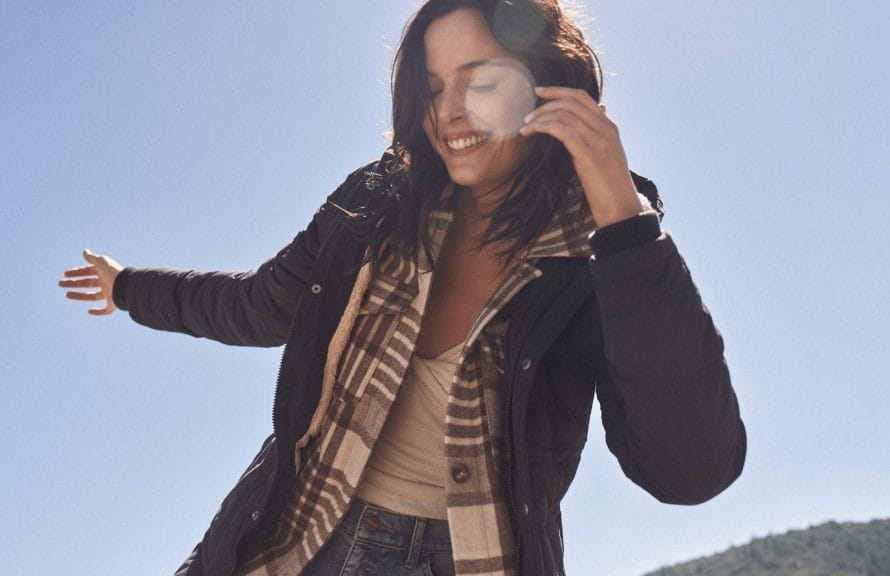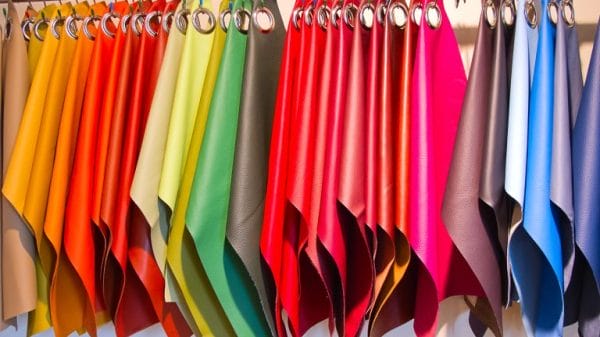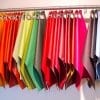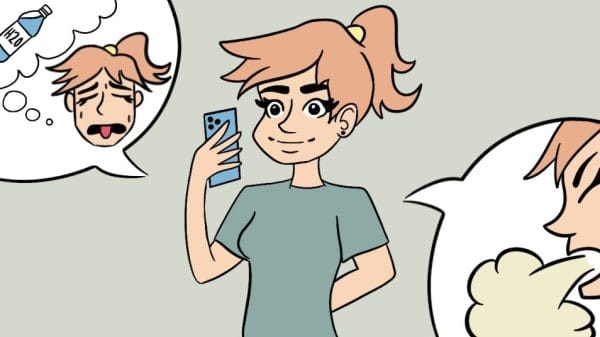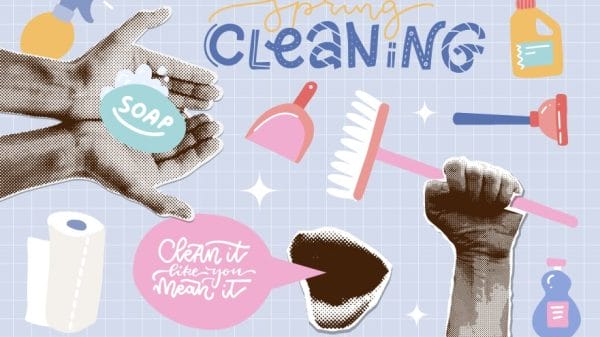Recyclable fashion and sustainability are growing trends globally for many reasons. It helps people in their search for gorgeous vintage pieces or rare items that have been discontinued. The rise of second-hand clothing apps has also taken off in the past few years, helping people find unique outfits for generally lower prices than high street retailers or dedicated vintage stores.
Sustainability is slowly moving out of the ‘trend’ phase and into the ‘lifestyle’ phase with some everyday items manufactured with eco-friendly production in mind. Even food is being repackaged into materials that are easier to recycle and better for the environment.
But with all of this changing, there is still so much to be done. Making small changes to reduce your carbon footprint is always helpful and definitely desired by Mother Nature. However, there is still a wider issue, especially in the textile industry, that causes extreme harm to the earth.
What happens to unwanted clothes when they’re not recycled?
For the most part, unwanted clothes are usually thrown away without a second thought. Spring cleaning, house organization, or simply reducing wardrobe size contribute to the textile landfill problem.
The difficult part is, that throwing away a few pieces of clothes here and there doesn’t ever seem too bad. It’s easier than selling and more convenient than driving out to a thrift or charity shop.
According to an article from OceanCleanWash, 60% of the world’s clothes are made from three main materials: Nylon, Acrylic, and Polyester. The latter is the most common.

Even though these materials are affordable and durable, their effects on the earth, when thrown away, are dire. Not only do they fill up landfills, with at least 7% of all waste being clothes. But, according to TheRoundUp’s statistics, 87% of textiles and fibers end up in incinerators or landfills, leaving only 13% of clothes to be kept or recycled.
How we can help stop the problem of textile waste
Along with all the things we already know, such as recycling clothes correctly, buying second-hand, and not purchasing in mass quantities, we can also look at the type of companies we purchase from.
The world we live in operates using something called a ‘Linear Economy.’ A Linear Economy entails using raw materials to produce and manufacture items and sell them, and once they are used, they are thrown away and replaced by brand-new ones.
This process is heavy on resources and emits huge amounts of greenhouse gases and general waste.
However, many people are turning to companies and brands that are embracing a different method, called a ‘Circular Economy’. This is the process of extending the life of products through re-processing and recycling existing materials.
The Circular Economy is much more effective at tackling issues such as global warming and climate change and ensuring that waste is minimal.
Products with a Circular Economy in mind have very little waste, and all item components can be recycled.
UpWest: The sustainable clothing brand
One way to help personally embrace a Circular Economy is by choosing sustainable clothing made with the earth in mind, such as the brand, UpWest.
‘Progress over perfection’ is the motto of UpWest, and they are a brand that works in lieu of the Circular Economy philosophy. UpWest uses mindful materials, helping those in need, and working with other sustainable brands.
The CEO or CCO (Chief Comfort Officer) of UpWest, Jamie Schisler, explains that being a sustainable brand isn’t about taking a massive leap to ‘perfection’, but rather taking small steps in the right direction.
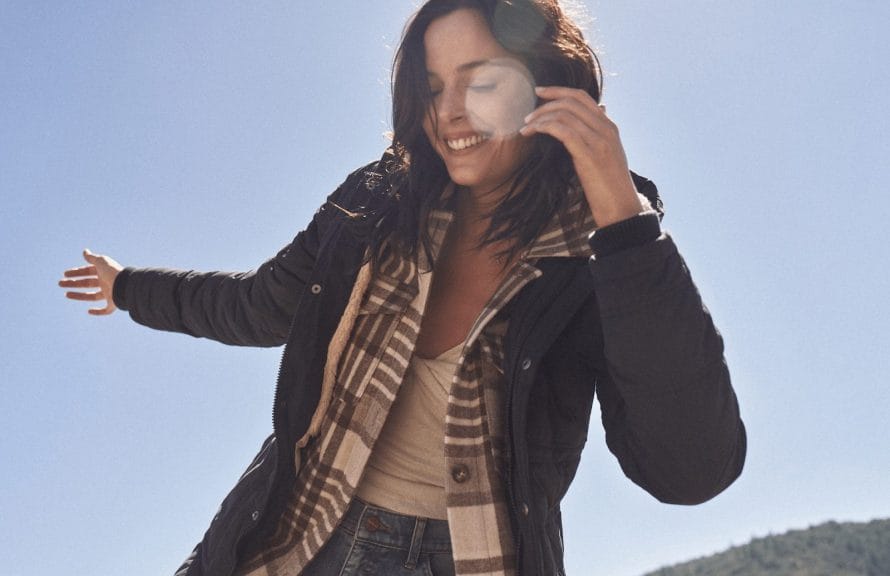
He chose to be called the CCO, as he feels it reflects the brand’s purpose of ‘providing comfort to people and to the planet, executed through UpWest’s clothes, content and causes.’ He says,
‘Taking the first step can be intimidating, particularly if you are a small brand. And when it comes to sustainability, sometimes brands don’t know where to start. So, our advice is just to pick one area of your business that you can make a difference in, even if it is within the office and not yet customer-facing. Simple wins will start to build on themselves’.
Jamie Schisler
As aforementioned, the problem with landfills is that they are full of clothing made with materials unable to decompose. The great thing about UpWest is that their clothes are made with recycled polyester and organic cotton. They describe their materials as ‘fabrics to feel good in and about.’
CCO, Jamie Schisler explained that they source their fabrics from various fabric and textile shows and work with fabric development globally.
Furthermore, not only does the brand work with sustainable materials, but it also provides many other amenities to customers and the general public in need. The UpWest Foundation gives a portion of each sale to help comfort those in need. Their partnership with Mental Health America provides a mental health screening for every order, with 37,000 screenings so far.
They also sell a range of men’s and women’s clothes, along with an ‘Everyone Collection’ with a more androgynous fit and style.
Other Ways To Repurpose Clothes
In addition to their already sustainable ethos, UpWest has a partnership with SCRAP. Their motto is ‘Embrace the circular economy,’ which is right on brand for UpWest.
SCRAP is a company based in New York City, which helps to repurpose unwanted clothes in an extremely simple way. It helps to bring unwanted textiles and clothes back into circulation and dedicates itself to keeping clothes out of landfills. They provide a clothing pickup service, and then they do the rest regarding repurposing clothes.
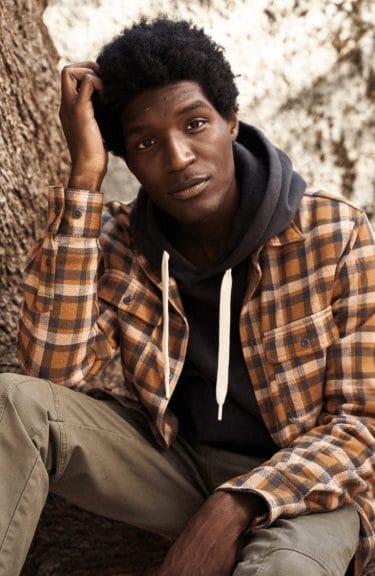
UpWest’s CCO, Jamie Schisler says that the partnership with SCRAP is extremely important to the company.
‘Not only are we providing customers an outlet for their unwanted clothes, thus keeping them out of landfills, but we are working to convert those garments into new raw materials. This is truly a step into a circular process and it’s so exciting’.
Jamie Schisler
So far, SCRAP has saved 100,000 pounds of unwanted clothes from landfills and counting. Considering that in NYC, 6-7% of landfills are full of clothes, this is an important cause to work on.
The clothes are sent to the partners of SCRAP, where they are sorted and processed. Some of the clothes get donated or re-sold, whilst recyclable items are put back into the production process.
UpWest has one goal: to begin a new way of business. Creating a business with a fully sustainable clothing range, adhering to the circular economy model, and giving back to the earth by repurposing materials prove that parts of the fashion industry are being slowly changed to fit the current issues we are facing- such as climate change.
Small changes and steps in the right direction make for big impacts.


